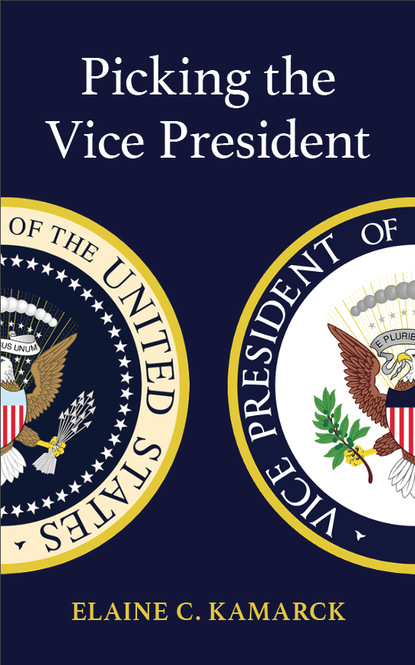
Picking the Vice President скачать fb2
Elaine C. Kamarck - Picking the Vice President краткое содержание
How Picking the Vice President Has Changed—and Why It Matters During the past three decades, two important things have changed about the U.S. vice presidency: the rationale for why presidential candidates choose particular running mates, and the role of vice presidents once in office. This is the first major book focusing on both of those elements, and it comes at a crucial moment in American history. Until 1992, presidential candidates tended to select running mates simply to “balance” the ticket, sometimes geographically, sometimes to guarantee victory in an must-carry state, sometimes ideologically, and sometimes for all three reasons. Bill Clinton changed that in 1992 when he selected Al Gore as his running mate, saying the experience and compatibility of the Tennessee senator would make him an ideal “partner” in governing. Gore’s two immediate successors, Dick Cheney and Joe Biden, played similar roles under Presidents Bush and Obama. Mike Pence seems to also be following in that role as well, although the first draft of history on the Trump Administration is still being written. What enabled this change in the vice presidency was not so much the personal characteristics of recent vice presidents but instead changes in the presidential nomination system. The increased importance of primaries and the overwhelming need to raise money have diminished the importance of “balance” on the ticket and increased the importance of “partnership”—selecting a partner who can help the president govern. This book appears as Joe Biden prepares to choose his own running mate. No matter who wins the November 2020 elections, what Elaine Kamarck writes will be of interest to anyone following current affairs, students of American government, and journalists whose job will be to cover the next administration.
Скачать книгу «Picking the Vice President» Elaine C. Kamarck
Чтобы оставить свою оценку и/или комментарий, Вам нужно войти под своей учетной записью или зарегистрироваться



